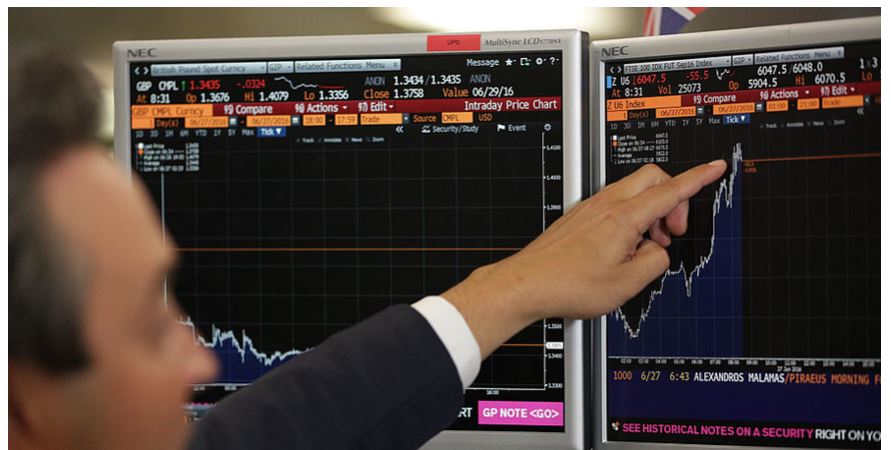Dow Theory Update
What’s in Today’s Report:
- Dow Theory Update
- Existing Home Sales Analysis
US futures are bouncing modestly as yesterday’s spike in volatility is digested while major averages in Europe and Asia were little changed during a quiet night of trade.
Economically, Japanese Trade figures from December missed expectations adding pressure to the Nikkei o/n.
Today, there are two economic reports due to be released in the US. First the FHFA House Price Index (E: 0.3%) which is generally not very closely watched but after yesterday’s soft Existing Home Sales report, it may get some attention today.
The other report is the Richmond Fed Manufacturing Index (E: -3.0). Again, not usually a very widely followed report but after the string of soft regional Fed survey reports last month, another big miss could add downward pressure on an already fragile market today.
There are no Fed officials speaking today which leaves earnings as the other major focus with: PG ($1.21), UTX ($1.51), and SYF ($0.93) reporting ahead of the bell and F ($0.30) after the close.
Lastly, the market will remain sensitive to any developments on relations between the U.S. and China as trade headlines and growth concerns were largely viewed as the reason behind yesterday’s heavy price action.

